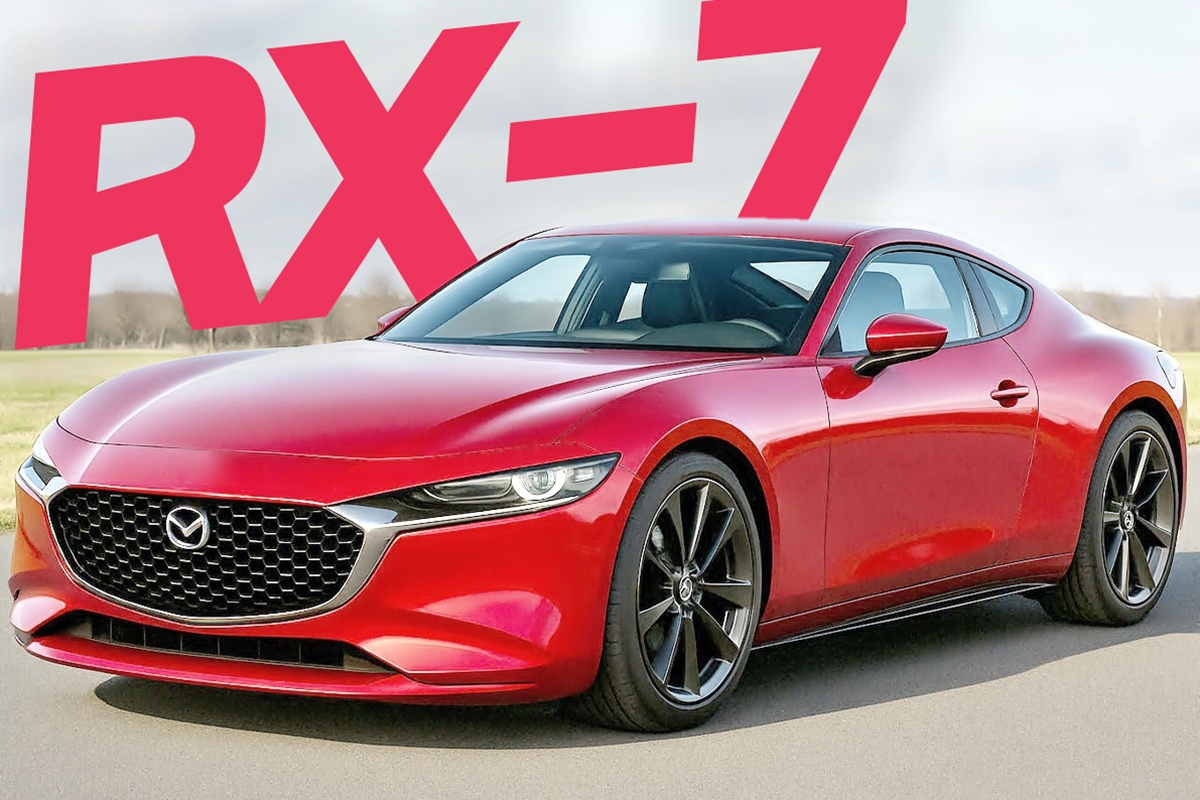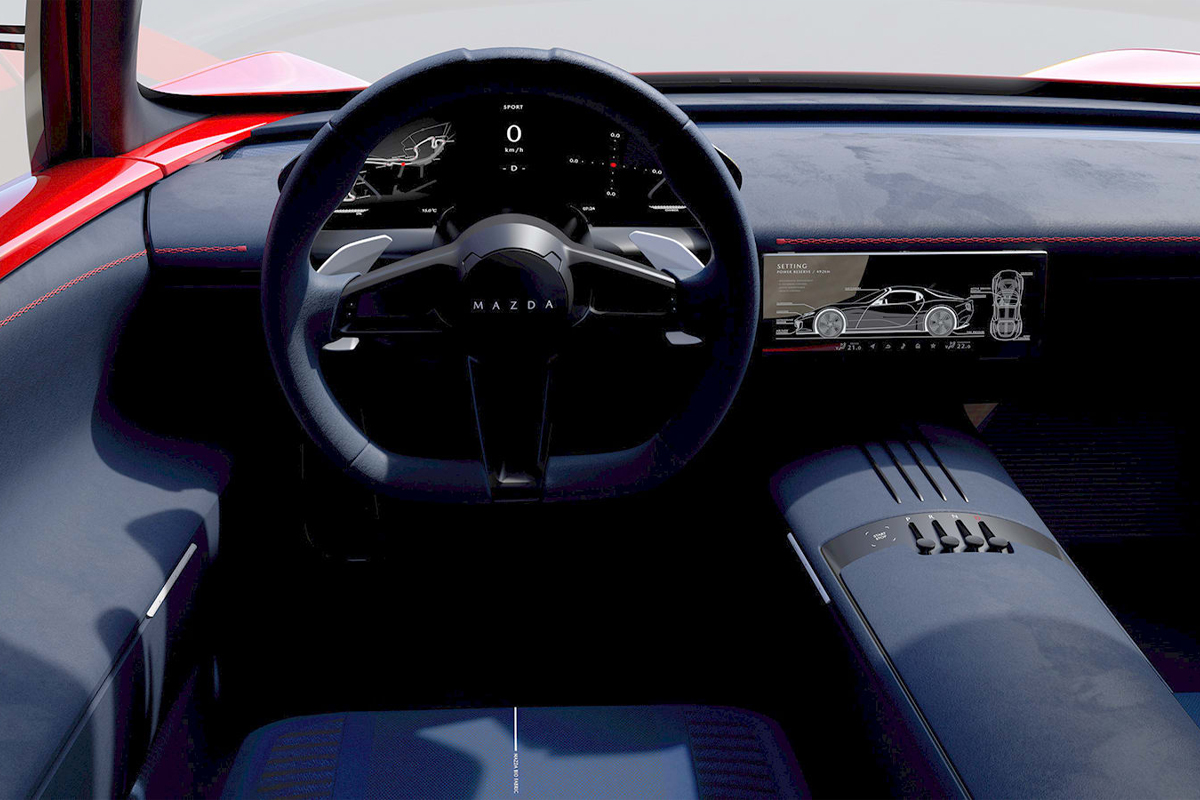

Mazda is serious about its plans. The Iconic SP concept car, considered the true successor to Mazda’s iconic sports car, the RX-7, is now one step closer to production. Unlike previous cautious announcements, this time’s atmosphere is entirely different, filled with confident and assertive declarations. Mazda’s design chief emphasized that the technological and regulatory hurdles have been nearly overcome. The only remaining challenge is securing business viability.
Since its debut in late 2023, the Iconic SP has sparked explosive reactions from Mazda fans worldwide. The vehicle is 4,180mm (164.6 inches) long, 1,850mm (72.8 inches) wide, and 1,150mm (45.3 inches) high. The car weighs only around 1,450kg (3,196 lbs). The most significant point of interest, however, is its powertrain. The concept car was powered by a 2-rotor rotary engine combined with an EREV (Extended Range Electric Vehicle) structure, achieving a combined system output of 370 horsepower.


Emission Standards, Reached
High-Performance Hybrid Possibility Hinted
Mazda officials recently stated that the company is almost at a point where it can meet U.S. regulations and Euro 7 emission standards. The issue of emissions from the rotary engine, which was the primary reason for the discontinuation of the RX-8 in 2012, has seen significant progress thanks to recent technological advancements. Mazda’s CTO further declared that with regulatory approval, it is nearly certain that the only thing left is to finalize the sales strategy, and the company can begin production immediately.
He also mentioned another possibility. While the concept was initially announced with an EREV (Extended Range Electric Vehicle) powertrain, the production model could evolve into a hybrid sports car featuring a series engine or a high-performance transmission. The potential inclusion of a direct-drive electric motor and a high-performance DCT (dual-clutch transmission) was also discussed, suggesting that Mazda is exploring various drivetrain combinations beyond the rotary engine for the production model.


Signature Pop-up Headlights
Production Prototype Stage Reached
The Iconic SP’s semi-pop-up headlight design also attracted attention. A Mazda representative explained that, given the bonnet pop-up technology already used in the MX-5, the design can be production-ready if it meets safety standards. However, whether this design element will remain intact depends on regulatory interpretations and consumer support. Also, the recent tightening of pedestrian safety regulations is an important consideration.
The Iconic SP has been developed to a demo car level while retaining most of the concept’s exterior design. Mazda emphasized that this is not a show car but a fully functional prototype capable of real-world testing. It is designed with production in mind, meaning it’s not just an imagined model. In other words, with production infrastructure and technology already in place, the only remaining challenge is confirming market viability before mass production can begin.

Mazda’s Unique Engineering Spirit
Engine Is Ready — Waiting for Buyers
Mazda’s Iconic SP sports car is not a one-off show car. It is a project that encompasses symbolism, technical excellence, and brand identity, with some even calling it the last hope to revive the joy of traditional driving. It represents a potential comeback for the rotary sports car market, which has been nearly dormant since the RX-7. Mazda’s unique engineering spirit further fuels the anticipation, raising hopes that this car will truly make a return.
The key factor now is simple: Is there actual consumer demand? When Mazda insiders refer to market potential, they are referring to whether those anticipating this car are prepared to purchase. If sufficient positive signals are observed, the return of the RX-7 could become a reality. The Iconic SP is now prepared and ready for production.
























